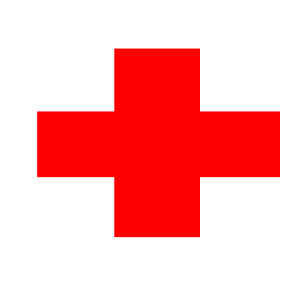
Even the healthiest person needs to visit the doctor sometimes. Here is some language you can use to describe common illnesses.
a bad ~
If you have a bad part of your body, it means it hurts.
I’ve got a bad back. It’s because of my job.’
I’ve got bad eyes from staring at screens too much.
a ~ ache
An ache (/eik/) is an almost constant pain. These are possible aches in English:
- backache (uncountable),
- earache (uncountable),
- a headache (countable),
- a stomachache (countable), and
- a toothache (countable and uncountable).
I’ve got terrible earache from walking in the cold yesterday.
‘Heartache’ is not a medical condition, it’s a romantic problem.
~itis
If you have a medical condition with ‘~itis’ in its name, it means that part of your body is swollen (grown larger, and usually painful). Some common examples are:
- onjunctivitis – swelling of the bits at the side of your eyes;
- rhinitis – swelling of your nose. Usually you get an itchy runny nose, too;
- sinusitis – swelling of your sinuses, between your nose and eyes; and
- tonsilitis – swelling of your tonsils, the two round bits at the back of your throat.
I think I’ve got conjunctivitis. My eyes are watering all the time.
Other problems
-
A fever: a high temperature.
A chill: a low temperature.
A runny nose: liquid running from your nose.
A rash: little spots on your skin.
Medication
The different types of medication (sometimes called ‘meds’ by North American speakers) you can take are:
- pills – little things you swallow
- powder – looks like flour or sugar and you swallow it
- syrup – a liquid you swallow
- cream/ointment – medicine you rub on your body, usually just the part that has the problem
- suppositories – like pills but you put them up your bottom
The piece of paper the doctor gives you so that you can get your medication is called a prescription.
I’ve given you a two-week prescription for a steroid cream so your rash gets better. Please come back in two weeks.
